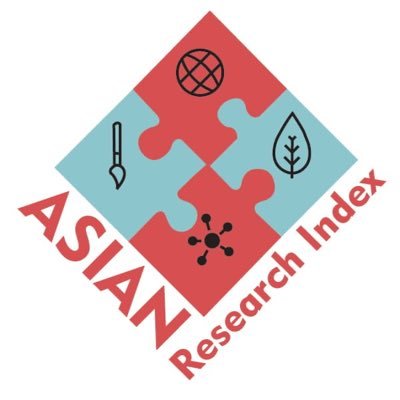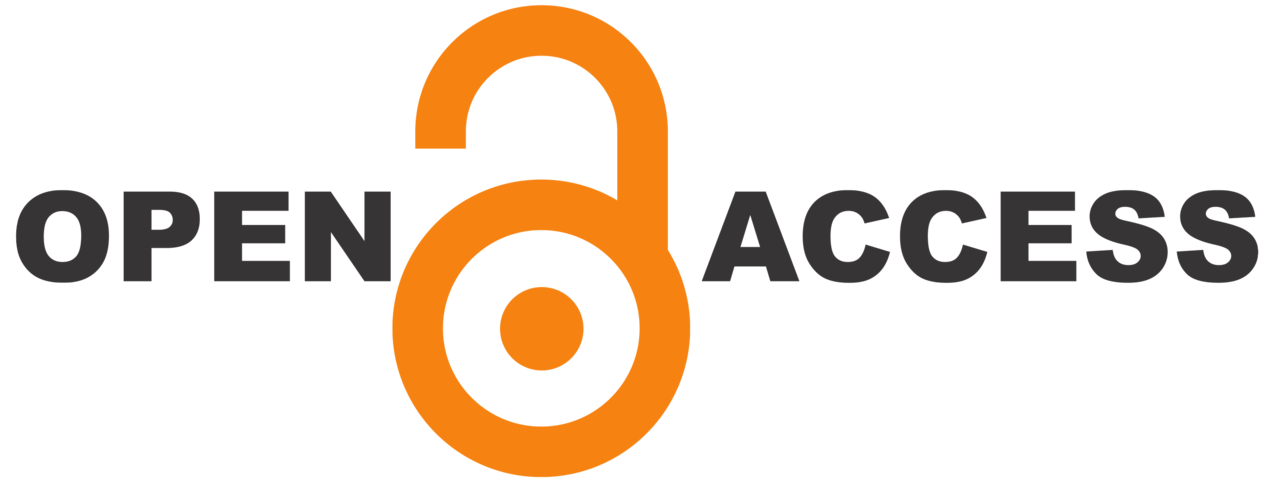Effects of Inspiratory Muscle Training on Respiratory Strength and Functional Capacity in Post-operative Patients with Scoliosis during Maximum Protection Phase
DOI:
https://doi.org/10.55735/hjprs.v5i2.366Keywords:
Functional capacity, Inspiratory muscle training , Pulmonary function , Scoliosis , Six-minute walk test , SpirometryAbstract
Background: Scoliosis is a three-dimensional spinal deformity that compromises respiratory and functional capacities. Post-operative rehabilitation strategies are vital to mitigate these impairments, with inspiratory muscle training emerging as a promising intervention. Objective: To evaluate the effects of inspiratory muscle training on respiratory muscle strength and functional capacity in postoperative patients with scoliosis. Methodology: The ethical review board of the Faculty of Rehabilitation Sciences at the Lahore University of Biological and Applied Sciences approved this study. This randomized controlled trial was conducted on 50 participants aged 10 to 18 years. Patients having neurological and rheumatological disorders, cardiac or respiratory diseases, and individuals with any other orthopedic problem affecting the previous surgical intervention were excluded. Participants were divided into two groups: an experimental group receiving inspiratory muscle training combined with standardized exercises and a control group receiving standardized exercises alone. Inspiratory muscle training was performed using a spirometer at 30% of the Maximum Inspiratory Pressure value for 15 minutes twice daily, six days a week, for eight weeks. Outcomes were measured using spirometry and the six-minute walk test. The Kolmogorov-Smirnov test was used to evaluate the normal distribution of data. Paired t-test and Mann-Whitney U test were applied for between-group and within-group differences. Results: The experimental group demonstrated significant improvements in respiratory strength and functional capacity compared to the control group. The mean vital capacity improved from 4L to 4.11L in the experimental group, with a standard deviation of 0.29L. The six-minute walk distance increased from a mean of 412m to 435.6m, indicating a notable enhancement in functional capacity. Inspiratory muscle training enhanced pulmonary efficiency, cardiovascular workload, and physical endurance in post-operative scoliosis patients. Conclusion: Inspiratory muscle training effectively improves respiratory strength and functional outcomes in post-operative scoliosis patients, underscoring its value in rehabilitation programs. These findings support integrating inspiratory muscle training into routine post-surgical care for enhanced recovery and quality of life.
Downloads
References
1. Basbug G, Gurses HN, Zeren M, Elmadag NM. Effects of inspiratory muscle training on respiratory muscle strength, respiratory function and functional capacity in adolescents with idiopathic scoliosis: A randomized, controlled trial. Wiener Klinische Wochenschrift 2023; 135(11): 282-90. DOI: https://doi.org/10.1007/s00508-023-02197-1
2. Kerna NA, Carsrud NV, Zhao X, et al. The Pathophysiology of Scoliosis Across the Spectrum of Human Physiological Systems. European Journal of Medical and Health Research 2024; 2(2): 69-81. DOI: https://doi.org/10.59324/ejmhr.2024.2(2).07
3. Lee GB, Priefer DT, Priefer R. Scoliosis: causes and treatments. Adolescents 2022; 2(2): 220-34. DOI: https://doi.org/10.3390/adolescents2020018
4. Oetgen ME, Heyer JH, Kelly SM. Scoliosis screening. JAAOS-Journal of the American Academy of Orthopaedic Surgeons 2021; 29(9): 370-9. DOI: https://doi.org/10.5435/JAAOS-D-20-00356
5. Senkoylu A, Ilhan MN, Altun N, Samartzis D, Luk KD. A simple method for assessing rotational flexibility in adolescent idiopathic scoliosis: modified Adam’s forward bending test. Spine Deformity 2021; 9: 333-9. DOI: https://doi.org/10.1007/s43390-020-00221-2
6. Li M, Nie Q, Liu J, Jiang Z. Prevalence of scoliosis in children and adolescents: a systematic review and meta-analysis. Frontiers in Pediatrics 2024; 12: 1399049. DOI: https://doi.org/10.3389/fped.2024.1399049
7. Çetinkaya İ, Kuru Çolak T, Saka S, Korkmaz MF. Respiratory function and respiratory muscle
strength in adolescent idiopathic scoliosis. Spine Deformity 2024: 1-7.
8. Abdelaal AAM, Abd El Kafy EMAES, Elayat MSEM, Sabbahi M, Badghish MSS. Changes in pulmonary function and functional capacity in adolescents with mild idiopathic scoliosis: observational cohort study. Journal of International Medical Research 2018; 46(1): 381-91. DOI: https://doi.org/10.1177/0300060517715375
9. Aebi M. The adult scoliosis. European spine journal 2005; 14: 925-48. DOI: https://doi.org/10.1007/s00586-005-1053-9
10. Aloatibi AM, Alghamdi SA, Alotaibi MA, et al. An Overview of Idiopathic scoliosis Diagnosis and Management Approach. Pharmacophore 2020; 11(6): 36-40. DOI: https://doi.org/10.51847/FkPzG6f
11. Scaturro D, Costantino C, Terrana P, et al. Risk factors, lifestyle and prevention among adolescents with idiopathic juvenile scoliosis: a cross sectional study in eleven first-grade secondary schools of Palermo province, Italy. International Journal of Environmental Research and Public Health 2021; 18(23): 12335. DOI: https://doi.org/10.3390/ijerph182312335
12. Chang P-C, Chen P-H, Chang T-H, et al. Incentive spirometry is an effective strategy to improve the quality of postoperative care in patients. Asian Journal of Surgery 2023; 46(9): 3397-404. DOI: https://doi.org/10.1016/j.asjsur.2022.11.030
13. Kotta PA, Ali JM. Incentive spirometry for prevention of postoperative pulmonary complications after thoracic surgery. Respiratory Care 2021; 66(2): 327-33. DOI: https://doi.org/10.4187/respcare.07972
14. Kendall F, Oliveira J, Peleteiro B, Pinho P, Bastos PT. Inspiratory muscle training is effective to reduce postoperative pulmonary complications and length of hospital stay: a systematic review and meta-analysis. Disability and Rehabilitation 2018; 40(8): 864-82. DOI: https://doi.org/10.1080/09638288.2016.1277396
15. Franklin E, Anjum F. Incentive spirometer and inspiratory muscle training. StatPearls [Internet]: StatPearls Publishing; 2023.
16. Toor H, Kashyap S, Yau A, et al. Efficacy of incentive spirometer in increasing maximum inspiratory volume in an out-patient setting. Cureus 2021; 13(10). DOI: https://doi.org/10.7759/cureus.18483
17. Guo H, Zhou X, Li Y, et al. Application of the six-minute Walk Test in Assessment of the Cardiopulmonary Function of Children with Idiopathic Scoliosis. Spine 2024; 49(12): 840-6. DOI: https://doi.org/10.1097/BRS.0000000000004913
18. Awolola EO, Maharaj SS. Inspiratory versus expiratory incentive spirometry: A randomised control trial study protocol. South African Journal of Physiotherapy 2023; 79(1): 1841. DOI: https://doi.org/10.4102/sajp.v79i1.1841

Downloads
Published
License
Copyright (c) 2025 The Healer Journal of Physiotherapy and Rehabilitation Sciences

This work is licensed under a Creative Commons Attribution 4.0 International License.














